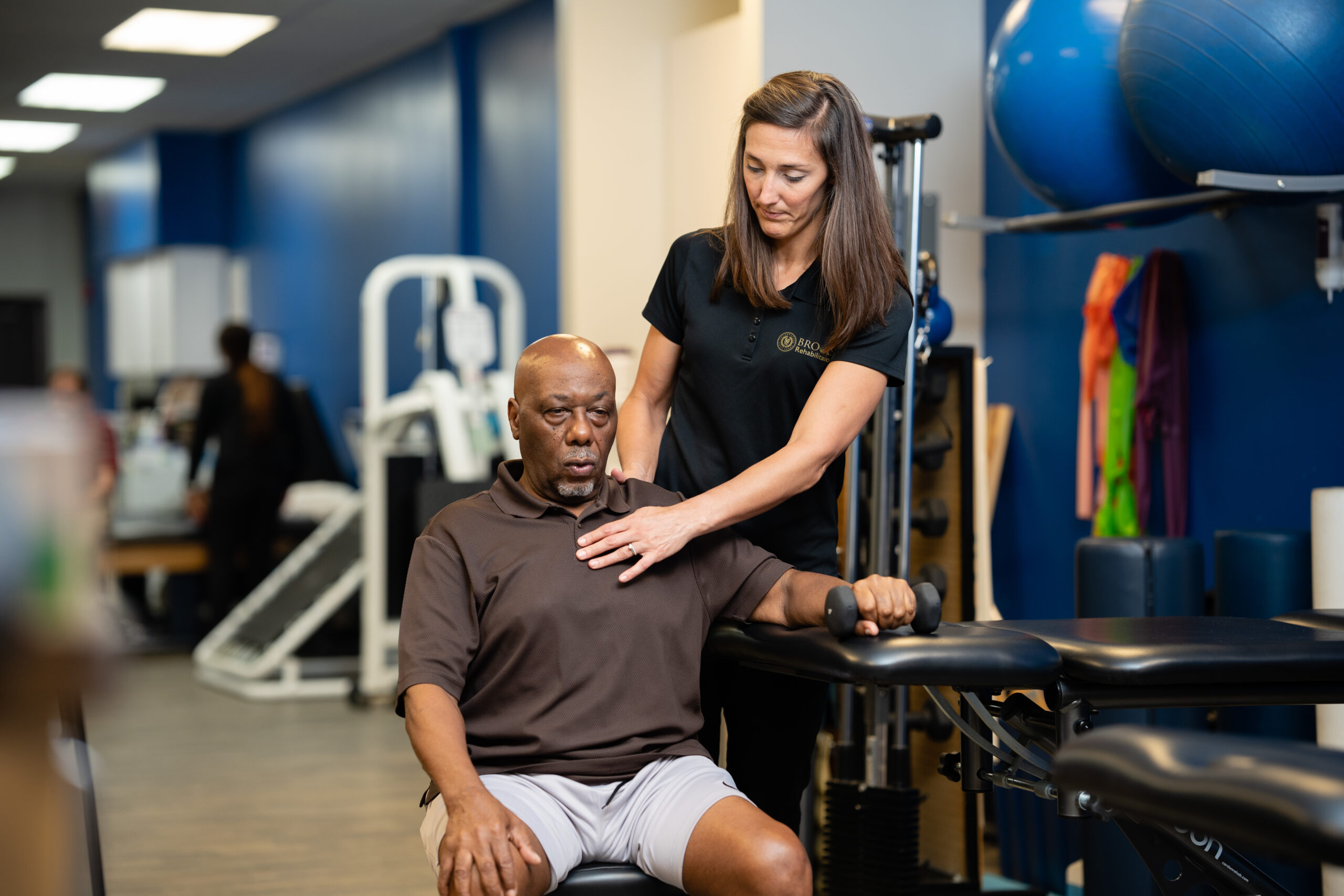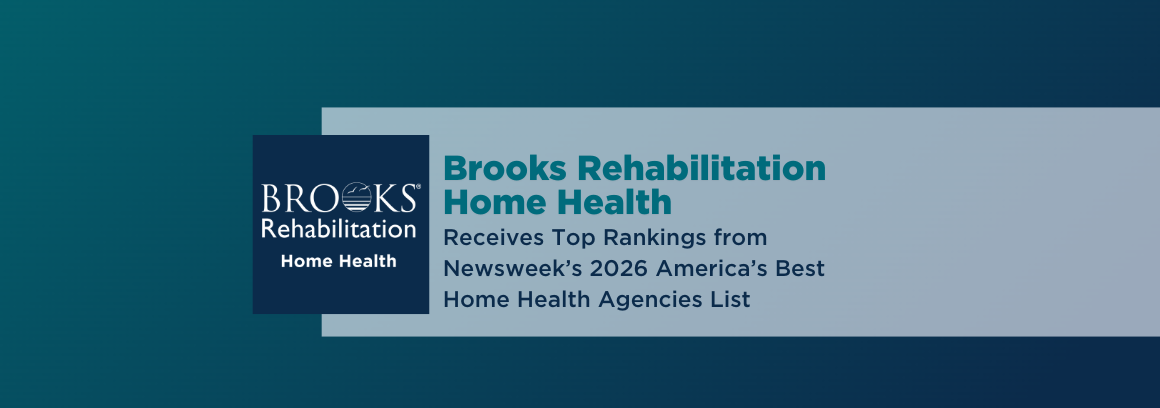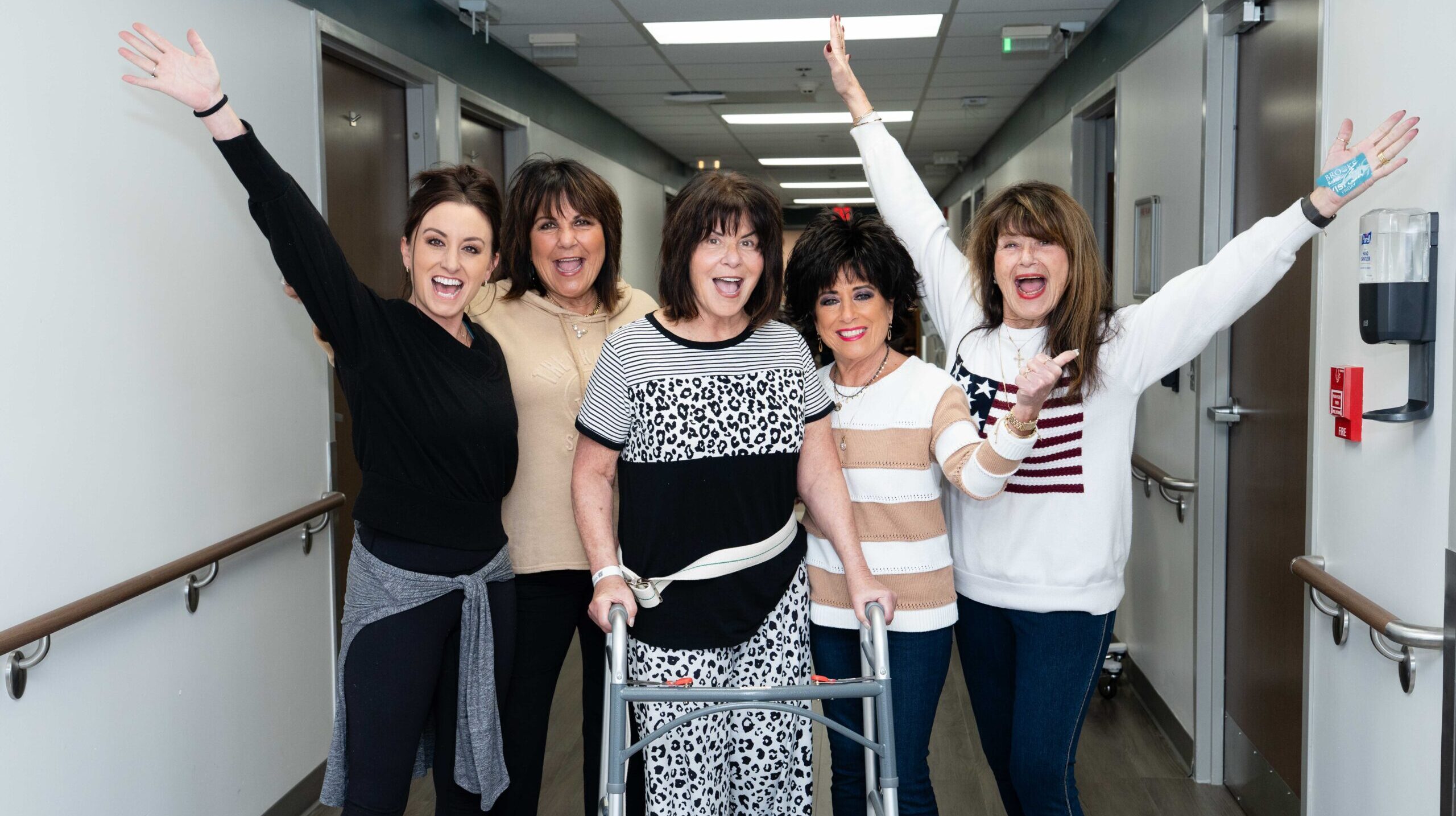What Is Sciatica?
Your sciatic nerve runs from your lower back through your hips and down each leg. Sciatica occurs when this nerve becomes compressed, irritated or inflamed affecting how you move and feel. The best treatment starts with identifying what’s affecting the nerve. In many cases, symptoms improve with conservative approaches like physical therapy.
What Causes Sciatica?
Sciatica can have many causes, including:
- Bone spurs that develop from arthritis and narrow the space around the sciatic nerve
- Bulging discs that press against the nerve
- Muscle tightness, especially in the lower back or buttocks
- Piriformis syndrome, when a small muscle in the hip irritates the sciatic nerve
- Spinal stenosis, a narrowing of the spinal canal
- Trauma or injury that affects the lower spine or pelvis
Sciatica Symptoms
Sciatica often affects one side of the lower body and can make simple movements uncomfortable. Common symptoms include:
- Pain that gets worse with movement, such as bending, coughing or sitting for long periods
- Pain that starts in the lower back or hip and travels down the leg
- Sharp, burning or shooting pain in the buttock, leg or foot
- Muscle weakness in the leg or foot
- Numbness or tingling that runs down one side of the lower body
How Is Sciatica Treated?
Physical therapy plays a key role in relieving sciatic nerve pain. At Brooks, physical therapists who specialize in orthopedic issues may guide your care. They have advanced training and deep expertise in treating challenging conditions, such as sciatica, giving you the best chance for a successful outcome.
Your personalized sciatica treatment plan may include:
- Dry needling: Physical therapists use thin needles to release tight spots in your muscles, which can help calm irritation near the sciatic nerve.
- Joint mobilization: We use gentle, hands-on movements to loosen stiff joints in your spine or hips.
- Mobility exercises: These guided movements help you move more freely and take pressure off areas that may be aggravating the sciatic nerve.
- Strength training: We help build up muscles supporting your spine, especially your core and hips, so the area is more stable.
- Transcutaneous electrical nerve stimulation (TENS): We place gentle electrical pulses on your skin to block pain signals and help you feel more comfortable.
Why Choose Brooks Rehabilitation for Sciatica Treatment?
We make it easier to get the right care for sciatica, starting with an accurate diagnosis and continuing with expert therapy.
Highlights of our program include:
- Accurate diagnosis: Sciatic nerve pain symptoms often mirror those of other conditions, which is why we perform a comprehensive evaluation. We assess how you move, your posture, strength and flexibility to pinpoint the source of the pain. This level of detail enables us to diagnose the issue and tailor treatment to your needs.
- Easy access: Brooks offers physical therapy at more than 50 locations across Florida, making it easier to find expert help close to home. Many clinics open early and stay open into the evening, so you can fit appointments around your day. You may also be able to start sciatica treatment without a referral, depending on your insurance.
- Ongoing care: Sciatic nerve pain can come back, especially when daily stress, prolonged sitting or old habits irritate tissue near the sciatic nerve. If your symptoms return, our expert team is here for you. We reassess what’s changed and focus therapies to address your current needs.
FAQs About Orthopedic Physical Therapy for Sciatica
How can I tell if my back pain is actually sciatica?
Sciatica typically involves pain, numbness or tingling that radiates from your lower back into your leg. If moving, bending or pressure on your hip or back triggers or worsens these symptoms, it’s a strong indication. Our physical therapist assesses movement patterns and nerve involvement to determine whether it’s sciatica or some other form of low back pain.
What exercises do physical therapists recommend for sciatica?
Physical therapists at Brooks select the exercises that are best for your needs. If certain movements reduce pain or improve mobility, we build on that progress. If something causes discomfort, we try other options. Common starting points may include gentle movements, stretches and core work. Your therapy is shaped by what helps you feel better.
Should I rest or stay active with sciatica?
Modified activity is usually better than complete rest. Light movement, like walking or simple stretching, helps reduce stiffness and keeps your muscles active. The key is to avoid pushing through sharp pain while still keeping your body in motion. Orthopedic physical therapists at Brooks help you find the right activity level to promote healing without overdoing it.
Request Care at Brooks
Find out more about becoming a patient and learn about orthopedic physical therapy for sciatica.Latest News and Health Resources
Education and guidance to support your recovery
Brooks Rehabilitation Home Health Receives Top Rankings from Newsweek’s 2026 America’s Best Home Health Agencies List
Brooks Rehabilitation is thrilled to announce that its home health division has been named the best in Jacksonville and ranked among the top 20 in Florida on Newsweek's 2026 America’s...




